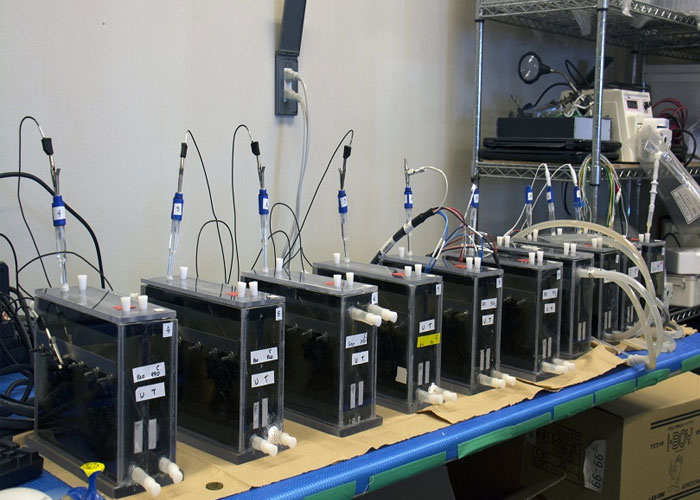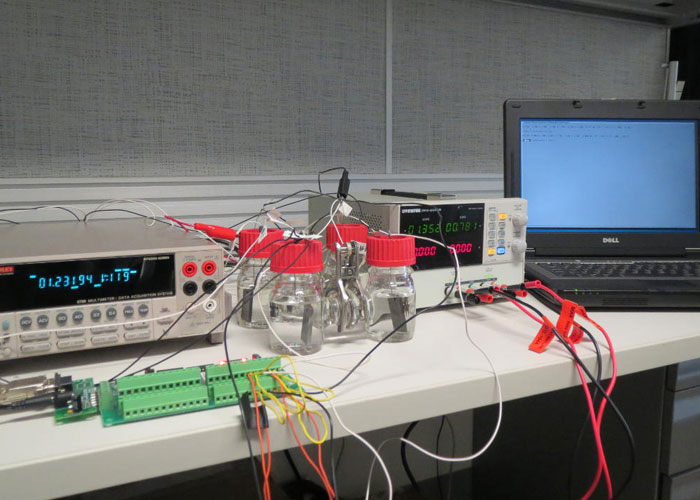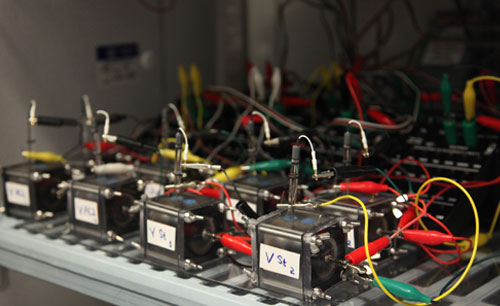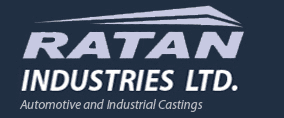In this article, we will look at the benefits of Microbial fuel cell technology, the energy savings associated with its use, and the impacts of P release from small treatment works. In addition, we will explore the requirements for implementing mobile treatment solutions. We will also discuss how the technology can be tailored to suit the needs of specific municipalities.
Depending on the location of your home, you might have to purchase an STP to handle your sewage. Generally, residential buildings need at least one STP to treat sewage. Many STPs are located underground, making them difficult to maintain. Moreover, you may not be able to inspect them without hiring an expert. It is better to consult a professional if you have any doubts about the process.
Microbial fuel cell technology
Microbial fuel cells use the power of bacteria to produce electricity. The cells consist of an anaerobic chamber that contains a solution containing food that the bacteria use to break down organic matter and release hydrogen ions and electrons. The hydrogen ions are then shuttled to the anode by mediator molecules.
In addition to producing electricity, the cells can also be used for the treatment of wastewater. Industries have developed a microbial power generation cell that can convert organic matter in wastewater to electricity. The company is now in the process of evaluating practical applications for the technology. The company hopes to eventually deploy a wastewater treatment system that incorporates cells on a commercial basis.
Microbial fuel cells are currently in the development stage in several countries. Praxair, Metprocell, Ballard Power Systems, Plug Power, Intelligent Energy, and Nedstack Fuel Cell Technology are prominent companies in this market.
Energy savings associated with MFC technology
Mobile water and wastewater treatment solutions can save considerable energy compared to permanently installed sewage treatment facilities. Mobile treatment plants are more flexible, affordable, and easy to install. They are also easy to transport, require no special permits, and can be deployed quickly and efficiently.

By utilizing advanced technologies and an integrated approach, operators are finding that they can save on energy costs and maintain the same level of service. For example, a recent case study involving BNN Energy found that the operator was able to reduce both water sourcing costs and environmental impact. The company's solution included integrating TEQUATIC PLUS Filters into its treatment system. This enabled the operator to increase its recycled water to almost 100%. The operator expects to save about $2 per bbl of water. Additionally, they expect to cut their operating costs by 60 percent.

Water and wastewater operations are among the largest energy users in a community. Therefore, any reduction in energy use can have significant economic, social, and environmental benefits. A recent study by Xylem found that an approach to reducing energy consumption in wastewater treatment facilities can save an estimated 95 percent of electricity-related emissions. This approach has the potential to save a municipality as much as $2 billion per year.
Impacts of P release from small treatment works
There are a number of reasons why P release is a concern for small water and wastewater treatment works. First, wastewater from smaller communities is usually less thoroughly treated than wastewater from larger communities. Second, smaller treatment facilities often have smaller flows and varying organic and nutrient loads. Finally, there are a variety of operational conditions that contribute to P release.
Removing P from wastewater is important in reducing the risk of eutrophication in receiving waters. Most countries now mandate that domestic wastewater treatment facilities remove P. However, most P removal technologies have been developed for large wastewater treatment plants. These facilities typically have in-house expertise, robust monitoring, and economies of scale. However, small water and wastewater treatment facilities lack these luxuries, and their impact on the environment may be greater than previously thought.
On the other hand, ion exchange technologies have been proven effective in removing P from wastewater. This technology has been used in many contexts, such as deionization and desalination. It can be applied to remove P from wastewater, and some studies have suggested that it may be a suitable treatment option for small water and wastewater treatment works. However, this technology has not undergone as much research as other physicochemical P removal methods. Moreover, the nature of the ion exchange media makes it highly selective.
Requirements for implementing mobile solutions
Mobile wastewater treatment solutions are often required in difficult locations where sanitary facilities are inaccessible or unreliable. These environments include refugee camps, oil fields, mining camps, construction sites, and military bases. As a result, it is imperative to implement solutions that are problem-oriented and robust.
A holistic solution integrates design expertise with in-field service management. This is especially important when operations will continue for months or even years. As such, a consistent team is important. Service visits are most efficient when the right people are on-site and familiar with the project. This ensures that a technician can quickly respond to any problems or concerns.
In addition to meeting local requirements, mobile wastewater treatment plants should also be easy to install and operate. In addition, they are environmentally friendly and CO2 neutral, reducing their ecological footprint.







































Share Post